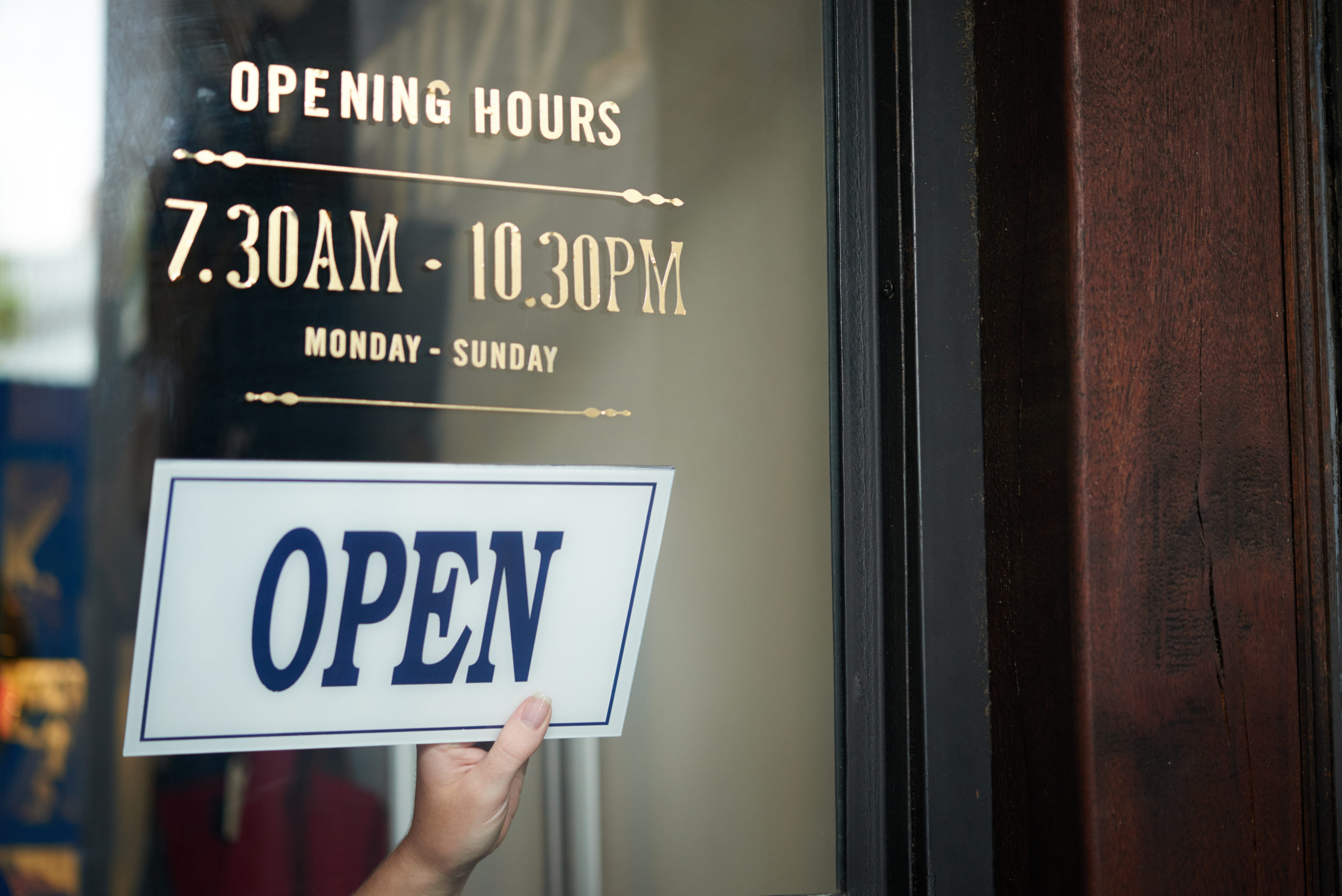
Best Practices of Restaurant Opening and Closing Checklist
Prior to throwing open the doors to customers in the morning and after the last customer has left at night, there are two vital tasks for restaurants: opening and closing. With fresh demands of Covid-19 era, sanitizing and cleaning the restaurant premises has become a crucial agenda.
Hence, you have to ensure that the staff at your restaurant keeps the premises clean and safe for everyone. For this sake and other additional reasons, a daily restaurant opening checklist and closing checklist are useful tools to enable accountability of staff and smooth conduct of business.
Without doubt, closing and opening shifts of the restaurant are the most vital daily shifts. There are innumerable tasks to complete, and so it is good to keep a checklist for such tasks.
The good news is that checklists are easy to use and cheap to create. Most establishments divide closing and opening tasks into 3 categories:
- Back of House (BOH)
- Front of House (FOH)
- Management
What are checklists?
Checklists for closing and opening are lists of tasks which employees of restaurants must complete before the start and at the end of workdays. Such checklists may be printed on paper or printed digitally on devices like tablets, smartphones or laptops. As they complete each task, the employees will tick off all tasks listed for the start and end of the day.
Benefits of checklists
In the era of the pandemic, a systematic process of enforcing cleanliness before opening and after closing for the day is win-win for all: your employees, your guests and the community.
The following are the benefits of checklists:
- Useful reminder
For smooth operation, every team member of the restaurant should be working towards a common goal. With so many people engaged in various tasks, some tasks may be forgotten. Checklists ensure that no task, small or big, will be forgotten.
- Accountability of staff
With the availability of checklists, it is possible to monitor if employees have completed tasks assigned to them and can be made accountable if there is any mishap or neglect.
- Cost savings
Some tasks impact costs of running a restaurant like switching off lights and reducing air-conditioning. When these are part of checklists, it is likelier that these will be completed and results in less cost through energy savings.
- Safety
An additional benefit of daily restaurant closing checklist is locking and closing up the restaurant, enabling the security features and ensuring turning off of big appliances. A fire or break-in could cause danger to customers and staff and result in heavy expenses for the restaurant. When such critical tasks are incorporated in the closing checklist, they will surely be enforced, leading to the safety of the restaurant.
Tips for working of checklists
- Brainstorm tasks: BOH, Management and FOH team members write down essential tasks to be completed at the start and end of the day.
- Create checklists: On the basis of such tasks, create checklists separately for closing and opening shifts and for different roles in the establishment.
- Share checklists with the team: Apprise all employees about checklists. Indicate how they are to be used and what is expected of them.
- Be organized: Maintain copies of checklists in the office. Forgoing digital, create checklists on the application of iPad notes and share with relevant staff.
In sum, by following such steps, you will have an efficient protocol for closing and opening checklist for your restaurant.
